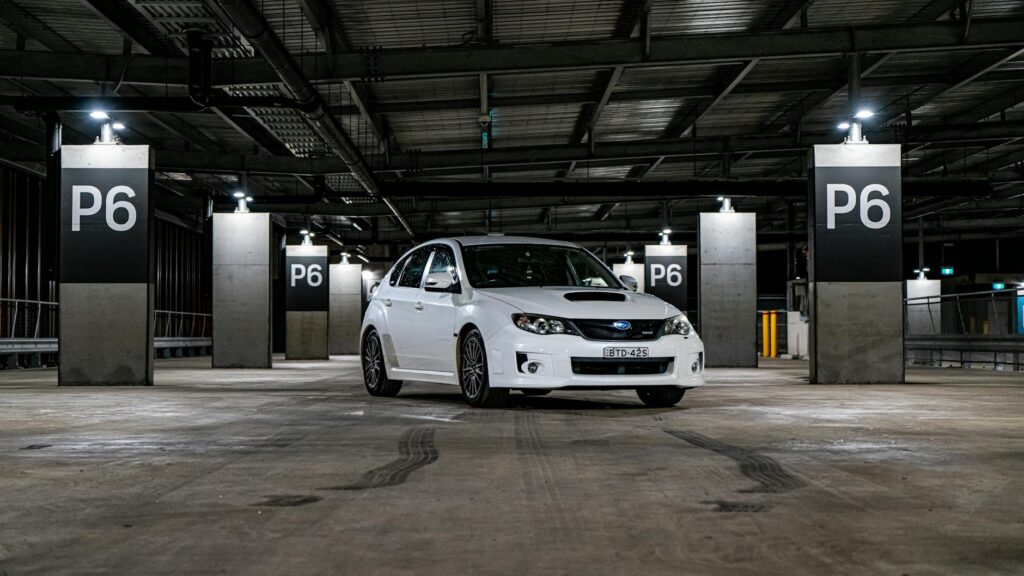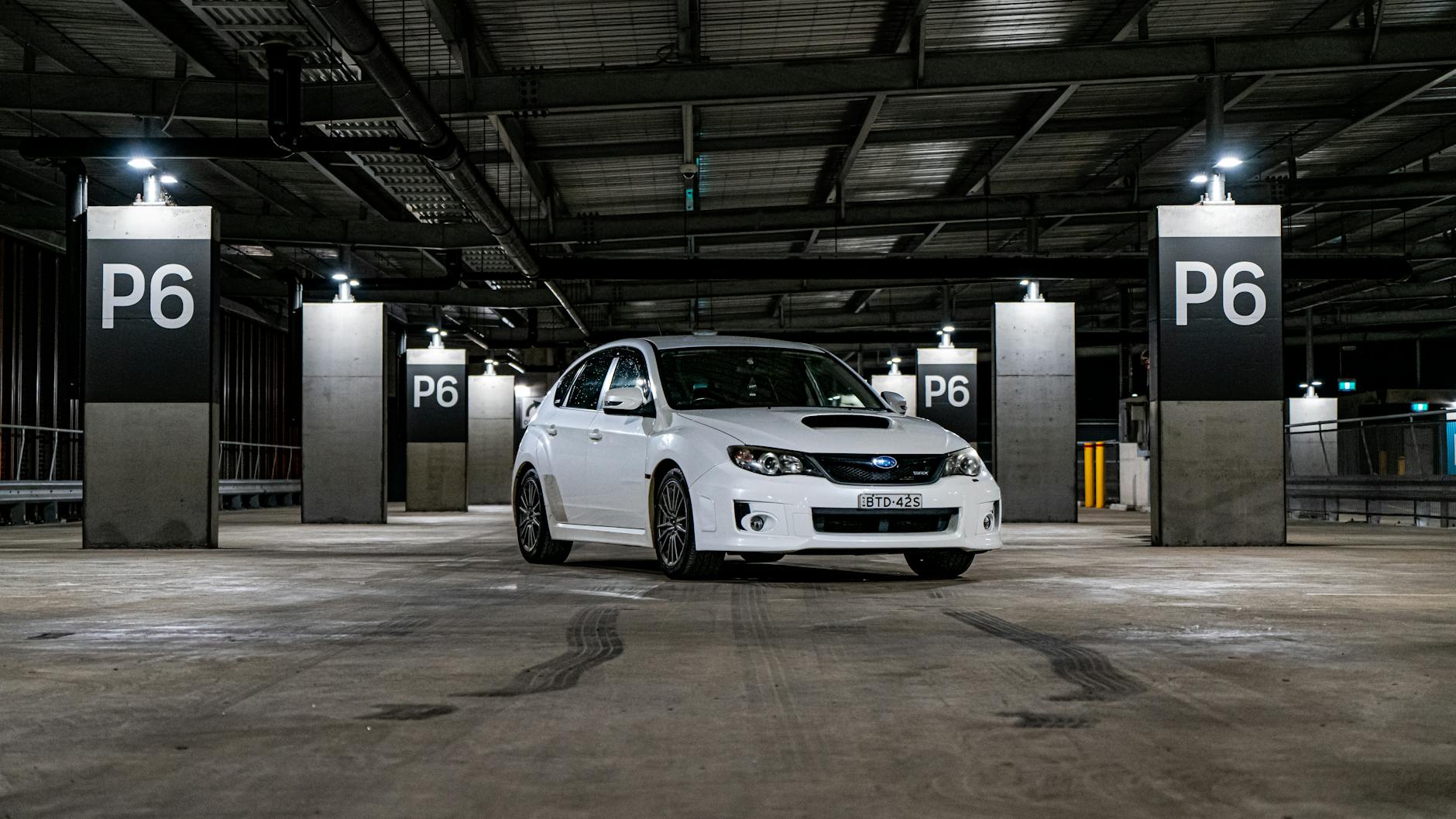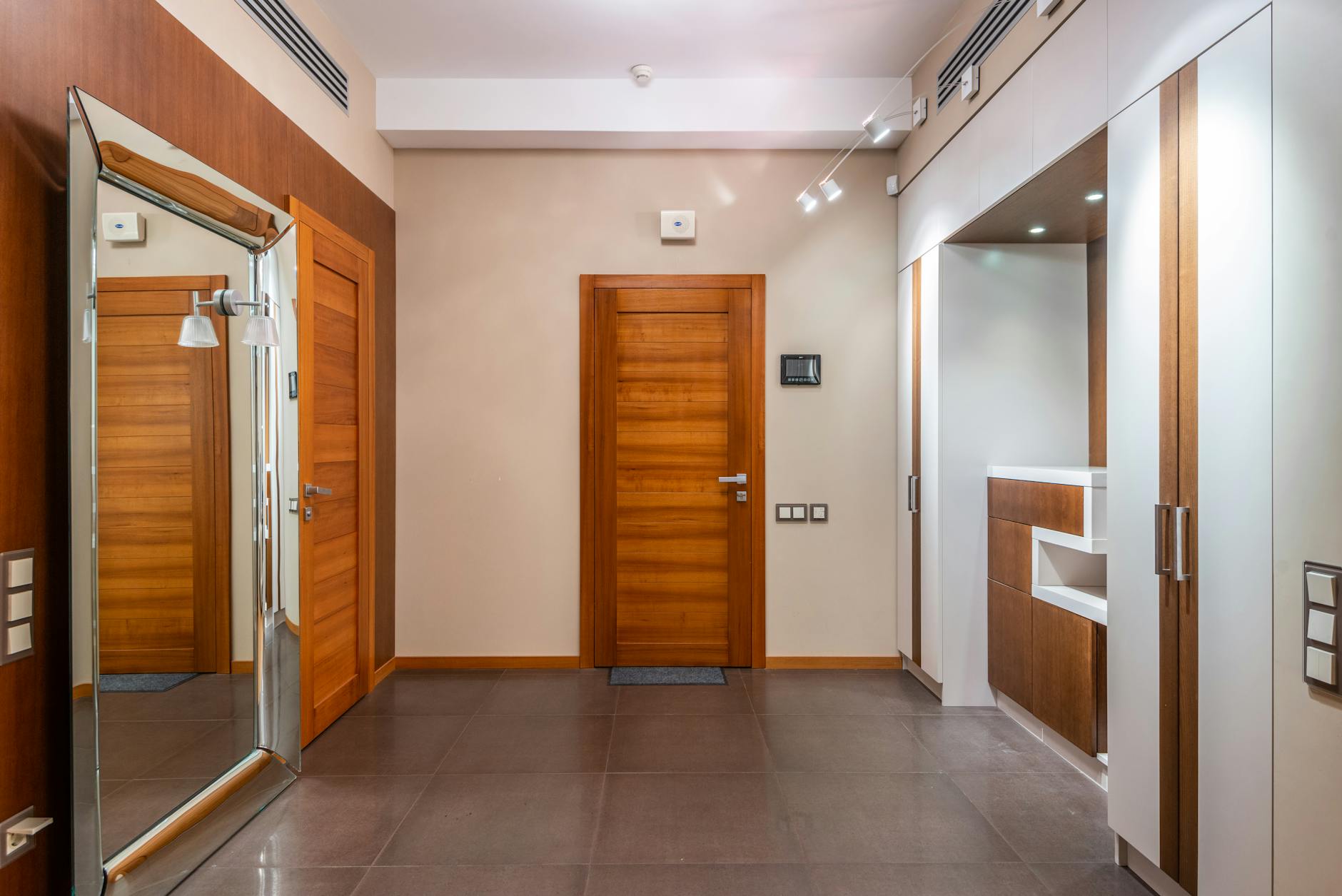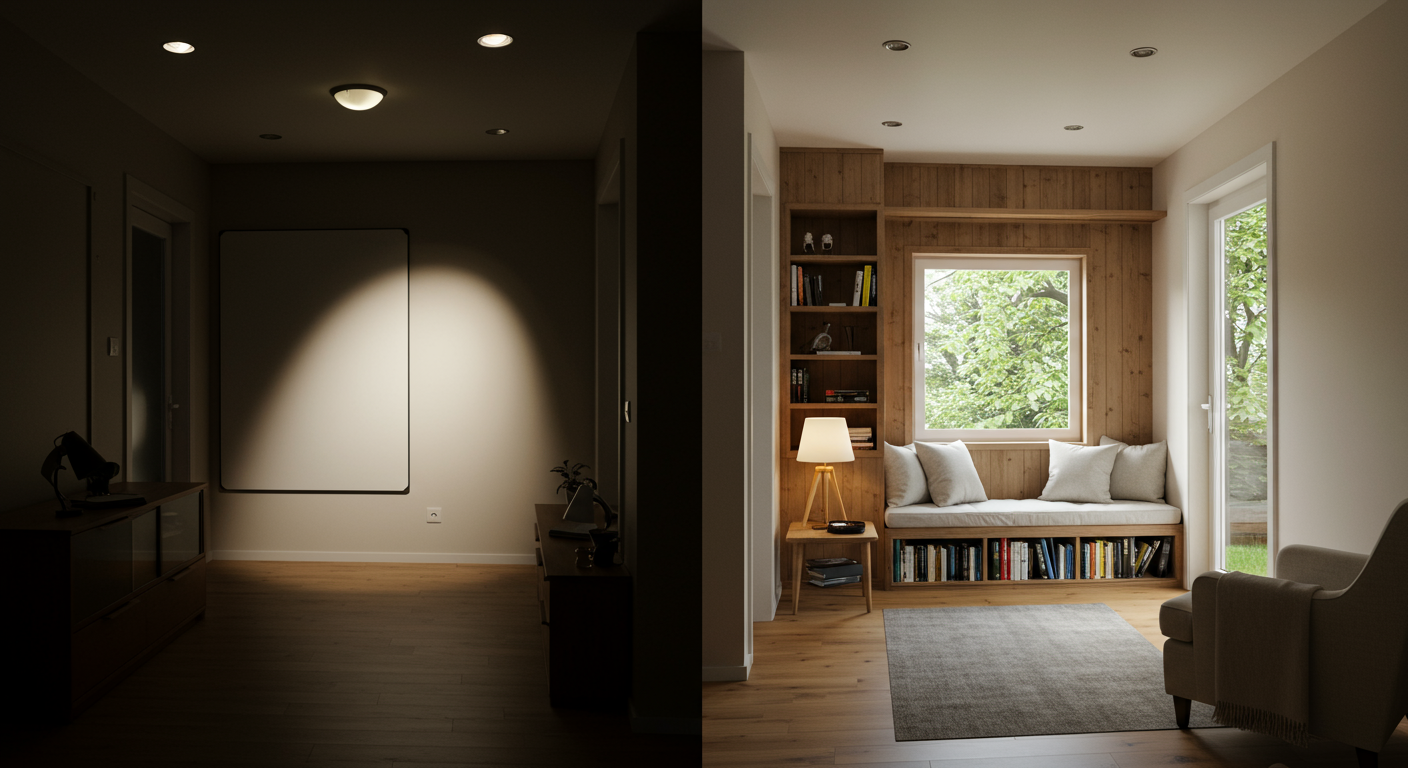Welcome! Lighting is often the unsung hero of interior design, capable of transforming a space from drab to dazzling. Let’s explore how to harness the power of light to create the perfect ambiance in your home.
Understanding Light Types
Before diving into specific applications, it’s crucial to understand the different types of light bulbs available. Incandescent bulbs offer a warm, traditional glow, while LEDs are energy-efficient and long-lasting. Fluorescent lights provide bright, cool illumination, perfect for task lighting. Choosing the right bulb depends on the desired atmosphere and the area to be lit. 
Ambient Lighting: Setting the Mood
Ambient lighting provides overall illumination for a room. Think overhead fixtures, recessed lights, or even strategically placed floor lamps. The goal is to create a comfortable and functional base level of light. Consider using dimmers to adjust the intensity and create different moods throughout the day. Learn more about dimmer switches.
Accent Lighting: Showcasing Features
Accent lighting is used to highlight architectural details, artwork, or other focal points in a room. Track lighting, spotlights, or even strategically placed wall sconces can be used to draw the eye to specific areas. [IMAGE_2_HERE] Remember to consider the color temperature of your bulbs; warmer tones are often more flattering for artwork.
Task Lighting: Functionality First
Task lighting focuses on providing adequate illumination for specific activities, such as reading, cooking, or working. Desk lamps, under-cabinet lighting, and pendants above kitchen islands are all examples of effective task lighting. Ensure the light is bright enough and positioned correctly to minimize eye strain. Check out these task lighting ideas.
Natural Light: Maximizing Sunlight
Don’t underestimate the power of natural light! Maximize sunlight by using sheer curtains or blinds to allow light to filter in while still providing privacy. Consider adding mirrors to reflect light deeper into the room. Read our guide on maximizing natural light.
Layering Light: The Key to Success
The most effective interior lighting designs use a layered approach, combining ambient, accent, and task lighting to create a balanced and dynamic effect. This allows you to adjust the lighting based on the time of day and the activity taking place in the room. [IMAGE_3_HERE]
Color Temperature: Warm vs. Cool
The color temperature of your light bulbs, measured in Kelvin (K), affects the overall mood of a room. Warmer temperatures (2700K-3000K) create a cozy and inviting atmosphere, while cooler temperatures (5000K-6500K) are more energizing and suitable for task-oriented areas. Experiment to find the perfect balance for your space.
Smart Lighting: Technology Integration
Smart lighting systems offer incredible control and convenience. You can adjust the brightness, color, and even schedule your lights using your smartphone or voice assistant. This is a great way to automate your lighting and create personalized scenes for different occasions. Explore smart lighting options here.
By thoughtfully incorporating these lighting techniques, you can transform your living spaces. Remember to consider the function of each area, the desired atmosphere, and the overall style of your home. Don’t be afraid to experiment and have fun with it!
Frequently Asked Questions
What is the best type of light bulb for a living room? It depends on your preference! Warmer-toned LED bulbs are a popular choice for living rooms, offering a cozy ambiance and energy efficiency.
How many light sources should I have in a room? A layered lighting approach is generally recommended, using a combination of ambient, accent, and task lighting to create a well-lit and versatile space.
Can I use different color temperatures in one room? Yes! In fact, combining different color temperatures can be a great way to add visual interest and create distinct zones within a single room. For example, use warmer lighting in a seating area and cooler lighting in a workspace.
How do I choose the right size light fixture? The size of your light fixture should be proportionate to the size of the room and the area it’s intended to light. Consult online resources or interior design guides for specific recommendations.
Where can I find more information on sustainable lighting choices? Check out this helpful article on eco-friendly lighting.





